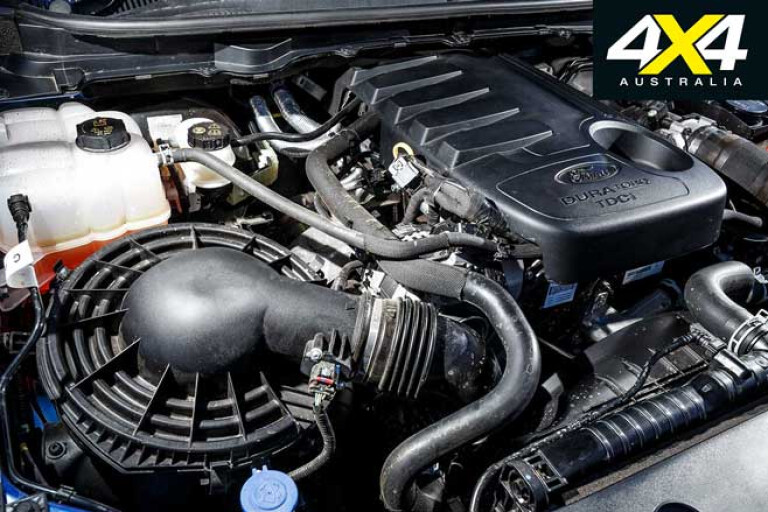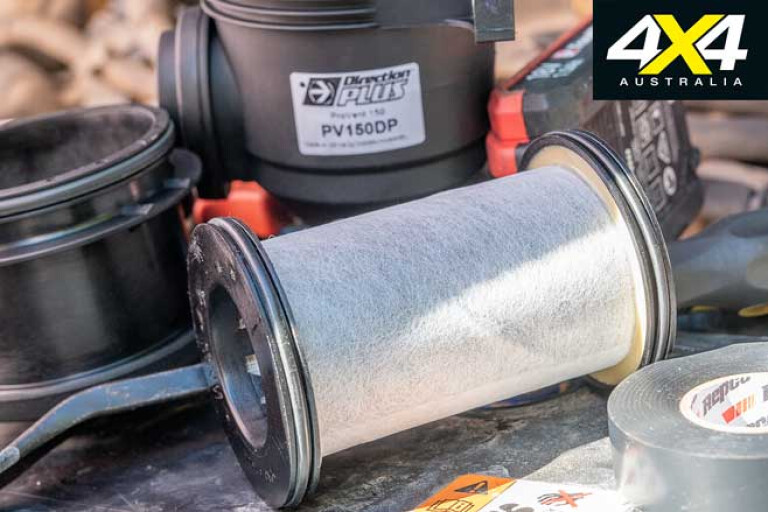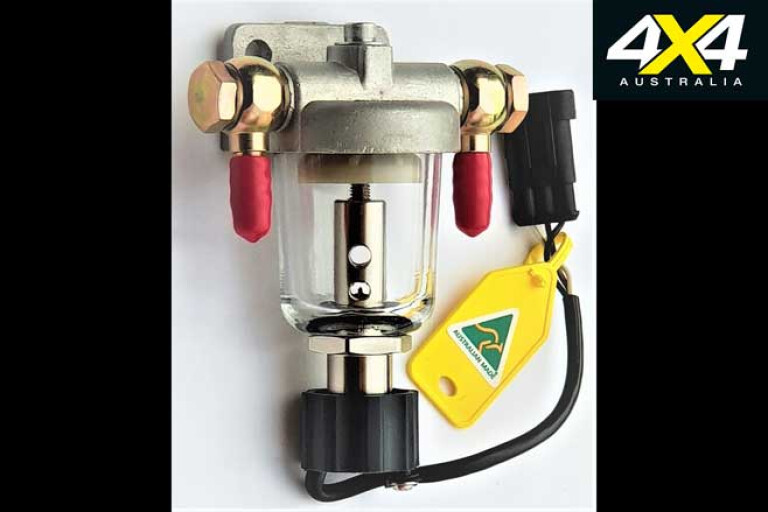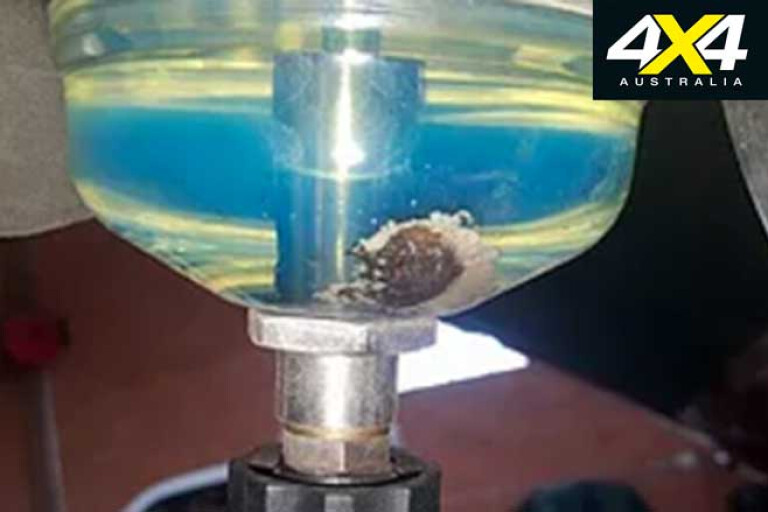
A major source of rough running and engine failure in modern diesel engines is contaminated fuel. Dirt, dust, bacteria and water all play havoc with diesel fuel systems, and the resultant damage can cost an owner tens of thousands of dollars.
Modern common-rail diesel engines are most at risk as their high-pressure fuel systems are fickle and fragile, while the diesel fuel from some of the more remote stations can leave a lot to be desired.

The most common way to prevent any fuel contaminants from getting into your engine’s fuel system is to fit some form of secondary prefiltration that works in conjunction with the factory diesel fuel filter.
These are usually fine, but you’re really just doubling up on what the factory fuel filter does. In fact, the car companies recommend not fitting any secondary filtration at all; use quality filters and replace them regularly and that second filter isn’t really doing much.
Some folks use a finer filter element than the OE unit in an effort to catch finer grains of dirt than the factory filter can, but this can place a restriction on fuel flow and as a result affect the performance of your engine. Another type of prefilter is not a filter at all but a water separator. These have been around for years and are just as relevant to today’s sophisticated high-pressure diesel fuel systems as ever.

ACT-based firm Responsive Engineering has been working on fuel system solutions for decades and was searching for a better solution to prevent engine damage caused by fuel contamination.
Responsive Engineering’s David Webster found that some of the existing filtration and water separation systems offered some success in keeping contaminants from entering the fuel system, but they didn’t provide any warning to the operator/driver of any problems in the system. This could then allow the filter or fuel bowl to clog up with contaminants and could still result in costly damage to the fuel system and engine.
The problem really came to the fore when a friend in the medical field, who was providing disaster support after the 2004 tsunami in Asia, raised concerns about generators failing in field hospitals due to fuel contamination. This spurred on David to design a product that could warn of fuel contamination before the problem got worse.
The result was the Water Watch system, developed for a wide variety of vehicle applications and for unattended engines such as generators and pumps where an optional automatic engine shutdown can switch off the engine before the damage is done.

In motor vehicles, the system doesn’t use an engine shutdown but a warning alarm and light to alert the driver of a problem. The alarm also sounds when you first switch the car on, to let you know it’s operational.
The Water Watch is not a filter in the traditional sense like the fuel filter fitted by the car manufacturer. Instead, it separates contaminants from the fuel. To achieve this, the fuel is pumped by the standard pump in the car’s OE fuel system into the unit where it spins and, as dust, grit and water are heavier than the fuel itself, these contaminants will drop to the bottom of the bowl as the clean fuel is centrifugally spun out the other side and onwards to the OE filter.
There are no moving parts or paper filters to restrict fuel flow, and the alarm sounds and the warning light glows should contaminants be detected at the bottom of the bowl; so you can clean out the bowl if required.

We fitted a Water Watch unit to our Ford Ranger as peace-of-mind against fuel contamination, which is vitally important considering the mileage we do and some of the remote places we fuel up at. The unit comes as a kit for the Ranger – as it does for most popular new 4x4 vehicles – and it was a relatively simple installation for our good mates at Ontrack Automotive in Ferntree Gully, Victoria (www.ontrack4x4.com.au).
In fact, the hardest part of the installation was deciding where to locate the small LED warning light inside the car. The kit contains a mounting bracket to suit the vehicle, all fitting wiring and hardware, and detailed instructions. It’s a job that anyone handy on the tools should be able to do at home.
Having a sight glass to check the WW unit for contaminants is great but, depending on where the unit sits in your engine bay, it’s not always easy to see. That’s why having the alarm and light is such a great idea.

If the WW alarm sounds, stop your engine as soon as it is safe to do so and check the sight glass; even then you may not be able to see the contaminates in the bowl. To clean, unplug the sensor and remove it from the bottom of the bowl to allow the water and contaminated fuel to drain out; then refit the sensor and prime the fuel system, and you should be right to go.
We’ve done more than 6000km in the Ranger since fitting the Water Watch unit, many of them through dusty outback conditions. Thankfully, the only time we’ve heard the Water Watch alarm is when starting the car, and an occasional glance at the sight bowl shows no signs of any contaminants to date. But it’s nice to know the unit is there and actively protecting our engine, ensuring plenty more bush miles to come.
RATED
Available from: www.waterindiesel.com.au
RRP: $590 (Ranger/BT-50 kit)
We Say: Simple and effective peace-of-mind against dirty fuel



COMMENTS